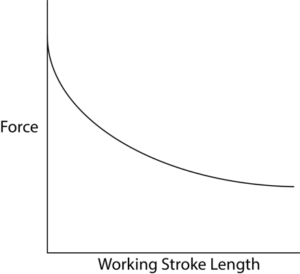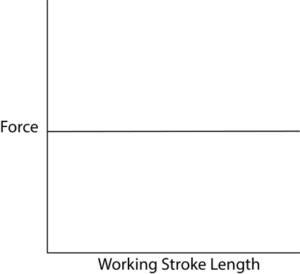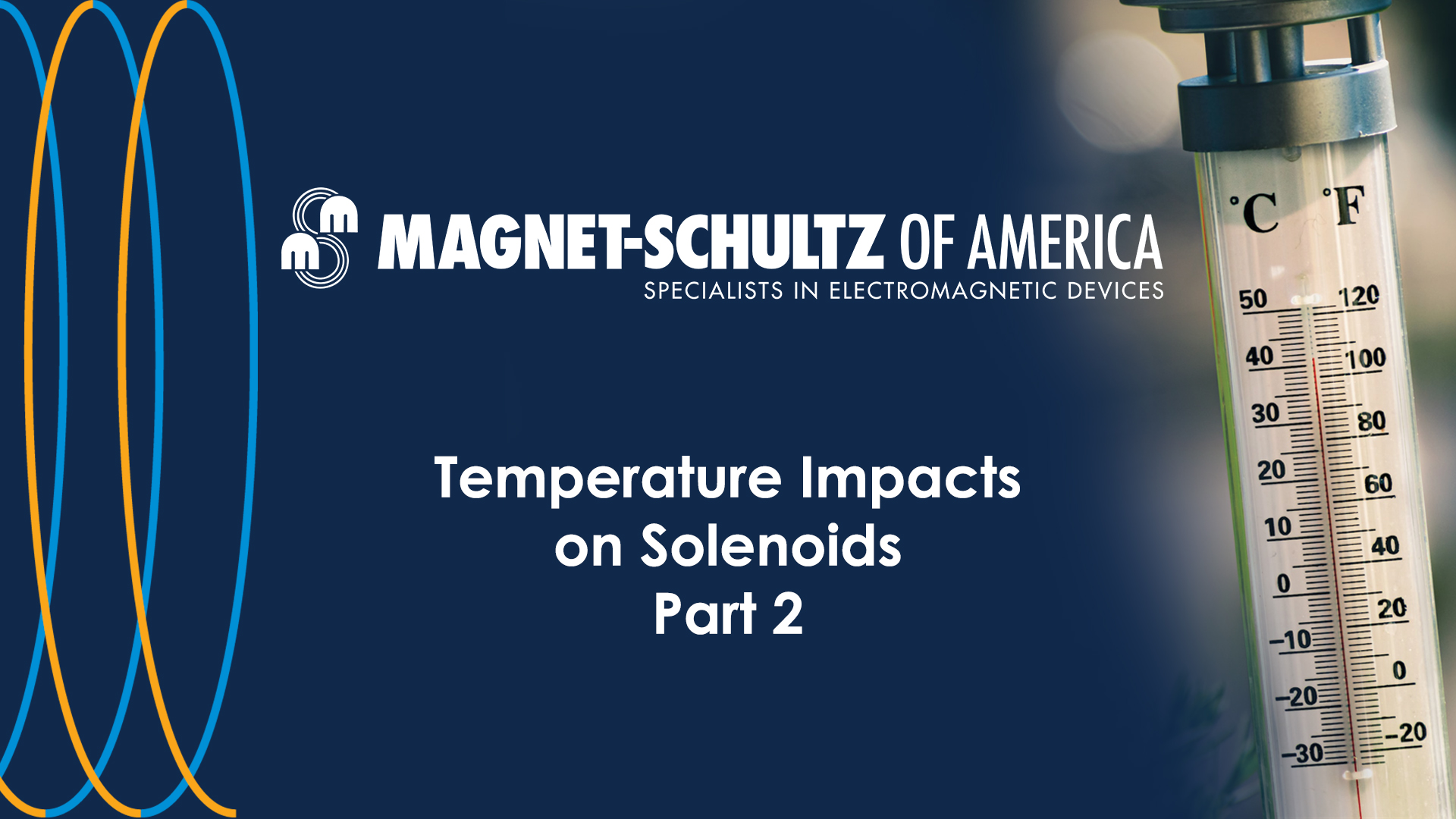The latest entry in the Magnet-Schultz of America Solenoid 101 blog explains the basic types of hydraulic solenoid functionality. A more detailed analysis of these types of mechanisms has been previously published by MSA here. This recap will reduce the content to the simplest terms for a quick and clear understanding of the fundamental concepts. Check our blog history for information on more technical subjects and feel free to make suggestions for future posts.
Proportional and On/Off Solenoid Functions
Aside from pull or push operation, there is another critical but less commonly discussed aspect of hydraulic solenoid function. Proportionality is a measure of the consistency of force exerted throughout the range of a solenoid’s stroke. A solenoid valve is typically described as on/off or proportional, although proportionality does come in degrees. These terms can also show up when discussing actuators for non-hydraulic applications depending on the level of control that is required.
On/Off
On/Off functionality refers to a hydraulic solenoid that controls armature positioning by alternating between two points. These actuators are not capable of maintaining a position between those two points. On/Off actuators are good for switching applications where the valve is used to direct fluid between two ports. These valves can be used to regulate volume, pressure, and direction of flow. The force chart for these devices has a steeper curve, with the highest forces exerted at shorter stroke lengths.

Proportional
Rather than having to choose between on or off, proportional solenoids have variable positioning. This means that the armature can be positioned at any point along the solenoid’s stroke length. This type of operation requires more sophisticated electronic controls and a more complex hydraulic tube design, but has the potential to reduce the complexity of hydraulic systems that require greater control. The magnetic force curve for proportional devices is relatively flat. When a compression spring opposes the magnetic force, the net force is higher at longer strokes and smaller at shorter strokes, so it takes less current to start the armature movement and more current to finish the armature movement. Applications that require control in degrees, such as the hydraulics systems used to control the movement speed and position of a bucket on an excavator or backhoe.

Magnet-Schultz of America specializes in the custom engineering and manufacturing of solenoids, solenoid valves, electromagnets, voice coils, hydraulic tubes and coils, and locking devices. If you have any questions related to sourcing or manufacturing, please contact us. We will be happy to assist in the development of your application. Browse past blogs for a more in-depth look at solenoid functions and subscribe to the notifications for future posts!







Leave A Comment